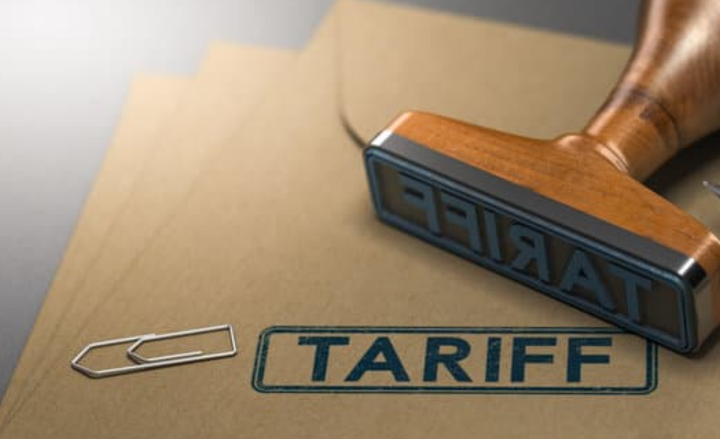Rising Tariff Shadows? China's Ministry of Commerce Unveils Foreign Trade Stabilization Measures
As speculation about potential U.S. tariff hikes on Chinese goods intensifies, China's Ministry of Commerce has launched a comprehensive strategy to safeguard and stimulate foreign trade. These measures come at a critical time, as China's foreign goods trade reached 36.02 trillion yuan ($5 trillion) in the first ten months of 2024, growing 5.2% year-on-year despite global uncertainties.
////
Key Measures to Enhance Export Competitiveness
ONE

One of the most prominent measures introduced is the expansion of export credit insurance. This initiative focuses on providing targeted support for "little giants" and "hidden champions"—small and medium-sized enterprises (SMEs) with advanced expertise or niche global leadership. Export credit insurers are expected to increase coverage for these firms, reducing financial risks and enabling them to expand into diverse international markets more effectively.
To further alleviate financing constraints, the government has tasked the Export-Import Bank of China with increasing credit allocations specifically for SMEs. Simultaneously, commercial banks are being incentivized to refine their loan services by streamlining disbursement processes, offering more flexible repayment options, and enhancing trade financing tools. These measures aim to strengthen SMEs' ability to navigate global market volatility while promoting steady growth in export volumes.
////
Focus on Cross-Border Trade Optimization
TWO

Acknowledging the critical role of technology, the policy package prioritizes advancing cross-border e-commerce. This includes developing sophisticated overseas logistics hubs and establishing integrated service platforms to help enterprises manage international compliance in areas such as taxation, intellectual property rights, and legal regulations. Such platforms aim to reduce operational barriers and optimize efficiency for exporters engaging in high-growth e-commerce sectors, which accounted for a 12% increase in trade volume in 2024.
Additionally, the government is addressing trade settlement challenges by encouraging banks to strengthen their global networks and provide tailored tools for managing exchange rate risks. These initiatives not only improve trade efficiency but also align with broader efforts to stabilize the yuan amid currency market fluctuations.
////
Promoting Sustainable and Green Trade
THREE
China's trade strategy integrates environmental responsibility into economic policies. One focus area is the promotion of green trade initiatives, such as incentivizing enterprises to adopt third-party carbon verification services and implementing sustainable manufacturing practices. Efforts also include piloting bonded repair and remanufacturing projects in free trade zones, which reduce resource consumption while meeting international demand for refurbished goods.
Complementing these efforts, exporters of green-certified products, including renewable energy equipment and low-carbon technologies, have received additional policy support. In 2024 alone, such exports saw a notable 8% year-on-year increase, reflecting growing global demand for sustainable solutions.
////
Supporting Critical Imports and Business Travel
FOUR
To ensure industrial and energy supply chains remain robust, the government is promoting the import of key resources, such as high-performance machinery and advanced technology components. These priorities are guided by the revised Encouraged Import Technology and Products Directory, which targets sectors critical to national economic modernization.
Simultaneously, business travel policies are being streamlined to support global trade engagements. Measures include the expansion of visa-free arrangements for key trade partners and enhanced travel facilitation services for business personnel, ensuring smoother operations for companies with international supply chains.
////
Leveraging Free Trade Zones for Growth
FIVE
China's 22 pilot free trade zones (FTZs) remain pivotal in driving foreign trade innovation. These zones accounted for approximately 20% of the country's total foreign trade volume and foreign investment in 2024, showcasing their role as engines of economic dynamism. Notably, FTZ exports grew by 11.99% year-on-year in the first three quarters of 2024, underscoring their effectiveness in boosting high-value trade activities.
The government continues to promote FTZ-driven reforms, including streamlining customs clearance processes and piloting new models for international cooperation. These measures position FTZs as strategic hubs for fostering trade diversification and technological innovation.
By focusing on financial support, digital innovation, green trade, and international collaboration, the Ministry of Commerce is positioning the country to navigate both immediate challenges and future opportunities.






















































First, please LoginComment After ~